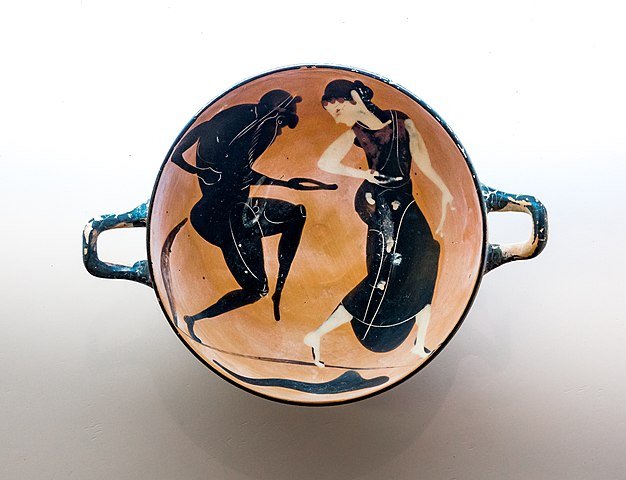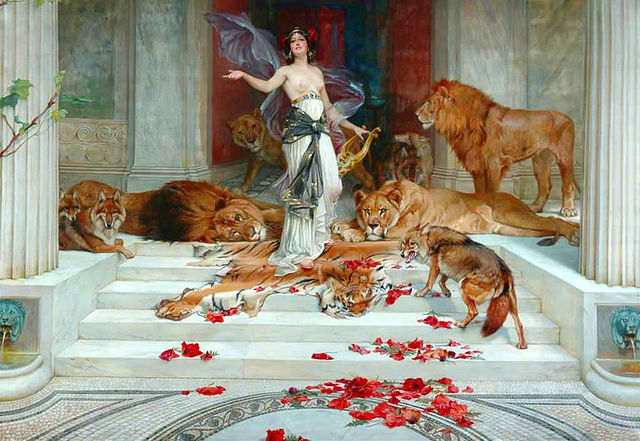Horace uses the metaphor of a ship in stormy seas to express his hope that Rome will win through to safety in a time of danger. Hear the Ode performed in the original Latin and follow in a new English translation here.
The illustration, by Rembrandt, is of Christ in the storm on the Sea of Galilee. If you happen to see this painting anywhere, please tell the Isabella Gardner Stewart Museum in Boston – it was stolen from them in 1990 and has not been returned.






